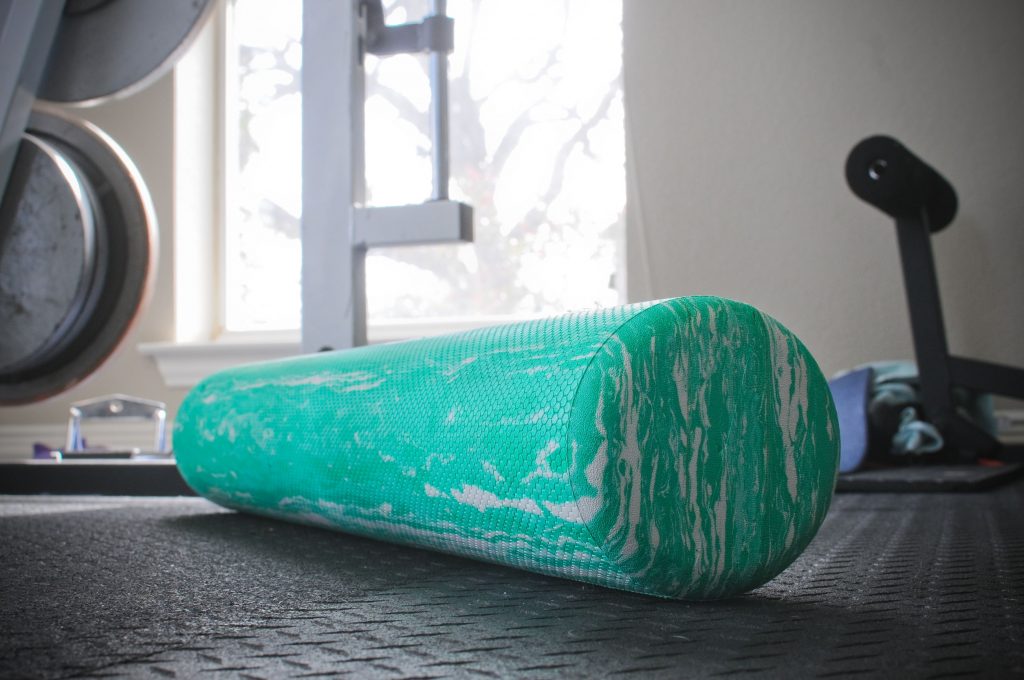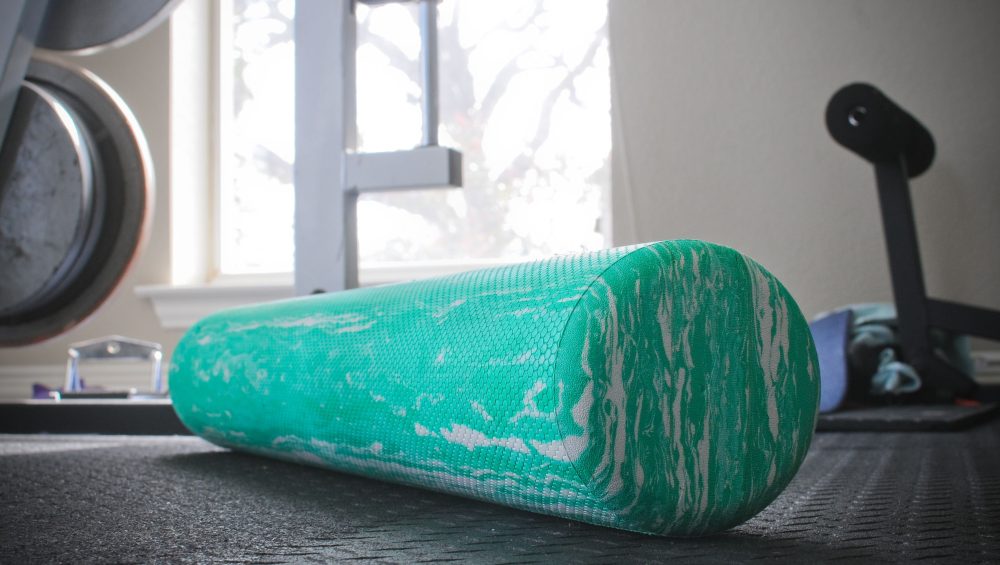This is going to be neat.
My friend and colleague (and author of the brand spankin new book, Day By Day: The Personal Trainer’s Blueprint to Achieving Ultimate Success), Kevin Mullins, reached out to me recently and asked, “Tony, why don’t you wear pants when you coach can I write a series for your site that covers joint/segment-by-segment breakdown and how to train to improve those regions WITHOUT going too far down the corrective train?”
Kevin understands people don’t have 40 hours per week to train and he’s found a sweet spot with his clients that improves function, hacks away at pain and immobility, and delivers results.
And, he wants to share that shit with the world (<– my words, not his).
Today’s post sets the tone on the over-inundation of corrective exercise (something I wrote about recently HERE), and each week (or two) after that, he’ll discuss a part of the body – shoulders, mid & low-back, and ankles, knees, & hips – and smack everyone in the face™ with how to improve function in that area.
Cool?
Cool.

The State of Corrective Fitness: 2019
Every year seems to bring a new set of ideals into the world of fitness. On one hand it is exciting to see that there are constantly new ideas, concepts, and tactics being brought into play. Much like living in a city with a lot of construction going on – it’s a good sign when the economy can support growth. The fitness industry, like a budding metropolitan area, is on the upswing.
Demand couldn’t be higher for products in the health and wellness field – as the modern world continues to gain weight and lose function. Millions of people around the world are ready to spend their hard-earned money on anything that will be a solution. It doesn’t matter if the goal is to lose weight, build strength, improve athleticism, get out of pain, or simply recreate the dance battle from the end of Step Up 2 – there is a product out there for them.
Having “money-on-the-table” is key in commercial real estate; a contractor must be confident that someone can afford the building project that is being proposed. When a company, such as a wealthy investment firm, wants to build a high rise and can prove they have the capital, the flood gates open and the contractors start fighting each other for a seat at the table.
In fitness, the “money” is on the table and the eager fitness professionals out there know it.
Personal websites and social media profiles have made “internet-fame” possible for anyone with a camera, microphone, and a desire to make money and be heard. This sort of opportunity has brought forth a litany of incredible fitness professionals that we might not know of otherwise. Just as the music industry found Justin Bieber on YouTube, many great coaches have been found in blogs and videos.
(I know this because I’m one of them).

Yet, with all things that are good in this world there exists the potential for them to turn bad. In this instance the unflinching availability of fitness advice makes it easy for bad information to get out, poor ideas to propagate, and for biased, and unfortunately dense, coaches to steal the spotlight.
In 2018 that spotlight was on all things corrective exercise.
It seems like everyday brought a new way to mobilize this joint, stabilize that segment, and improve breathing capacity by .00002ml.
Coaches from the furthest reaches of physical therapy school began talking about the need to invest hours on mobility, stability, and corrective work each week. Products began flowing into the industry like candy out of torn bag of skittles. Before long everyone was tasting the proverbial rainbow with their favorite flavors in hand: foam rollers, lacrosse balls, Theraguns, foot straps, mini-bands, mobility towels, and specialized assessments derived from the ancient wisdom that powers the Iron Fist.
Note From Tony: ^^^ This show is not as good as Punisher, DareDevil, Jessica Jones, Luke Cage, or watching a dog take a shit in a yard for that matter.
It’s open season on corrective exercise in the fitness industry – a modern day gold rush of fitness equipment designed to drain your wallet and decorate your home with odd instruments of pain and pleasure.
What a glorious time it is…
Let’s Be Clear Though:
Developing one’s mobility – especially in troublesome joints such as the shoulders, thoracic spine, hips, and ankles is never a bad thing. Most people spend twelve hours a day sitting at desks, in cars, and on couches, all in poor posture that stresses their spine, weakens their bodies, and causes long-term health risks to take hold. Every person reading these words can benefit from working on their mobility, except for Kelly Starrett (if he’s reading this) since the guy is a Supple Leopard.
Improving your segmental stability is also important.
Many people struggle with maintaining tension in their core, their mid-back, and their hips and legs. This lack of tension correlates to weaknesses that cause posture to degrade over time. Lifting heavy gets harder too. Weak muscles and poor neural connections make force production elusive.
Specific corrective exercises have their place too.
We are all a little messed up.
Some people have whacky shoulders, while others experience low back pain. Runners often have achy knees and tightened fascia in their shins and ankles. Other folks are pretty jacked up head to toe. For any and all of these people there are certainly movements and therapies that can be done to improve their condition and inch them closer to optimal performance capacity.
But:
A personal trainer’s job is to accomplish these things while also moving the ball forward in terms of their client’s fitness level. Far too many coaches obsess over the missing ten degrees of mobility in someone’s scapular downward rotation and depression while ignoring the additional forty pounds hanging out in their midsection.
Other coaches refuse to load a client even a little until their form in a movement is beyond perfect.
Even then they’ll question whether the client can repeat the performance in future sessions and insist on three more workouts with just an unloaded barbell to make sure. Meanwhile, no sweat has been released and no forceful stimuli are placed against the body. The client might end up with the best looking back squat form in the world (with a forty-five-pound bar), but that is about it.
This sort of absolutism and obsession is not good for a client and not good for the fitness industry either. If a client’s issues are so severe that any sort of intensity causes a series of negative events in their kinetic chain, pain, or lingering discomfort, then they must be referred out to physical therapist, or whatever medical specialist could heal their ailing.
Again, on one hand it is awesome to see so many coaches taking their client’s joint health, core strength, breathing quality, and fascial integrity so seriously. It is much better than an undereducated jack-wagon haphazardly throwing intensity at people in hopes that it gets them in shape and they keep paying. Nothing is more disturbing than a coach who lets their client put themselves at risk of serious injury repetition-after-repetition and session-after-session.
Yet, the coach who spends forty minutes of a sixty-minute session on a variety of implements meant to “improve” a person’s health is still quite the foul. People are paying for the results they want while also experiencing the growth that they don’t know they need, and our job is to give it to them.
Our job is not to force our obsessions upon them while completely ignoring their goals and needs.
A great fitness professional is someone who understands that self-myofascial release and zero-intensity correctives are just tiny pieces of a much larger puzzle that they must solve.
This series of blogs aims to bridge the very gap that has formed in the industry over the last few years. Over the next three installments you’ll find very specific methods of integrating new and better corrective strategies in each of the important joint segments of the body.
Those segments are:
- Scapulothoracic Region and Glenohumeral Joint (Shoulder/Shoulder Blades and T-Spine)
- T-Spine, L-Spine, and Pelvis
- Ankle to Knee and Knee to Hip
Each one will work to answer the following question:
“How do we as a profession properly apply all of the information and modalities that emerge while still honoring the primary function of our profession (deliver a fitness stimuli to create a fitness result)?”
Our job as fitness professionals is to deliver the results our clients want while also giving them what they don’t know they need. As stated earlier, this sort of juggling act is hard to accomplish in a world where some trainers are exchanging thrash for cash and others are acting as extensions of physical therapy (when they aren’t qualified to do so).
The fact that you are already here on Tony’s site demonstrates that you aren’t like a lot of the “noise” of the industry. You realize that heavy things need moving, that the body needs a little oil and grease every now and again, and that hard work is the only pathway to really cool results. The fact that you clicked on this article demonstrates that you are looking to improve your methods, clean up your practices, and deliver better results for your clients.
Some of you might be shaking your head and clenching your fist right now.
You are thinking, “who is this Kevin Mullins guy and why in the hell does he think he can tell me that corrective exercises are a waste of time.” If that is you, then I want to say that I’m sorry if that is how you are reading this – it certainly isn’t my intention.
My goal is to help, in whatever way I can, move the ball forward so that we can continue to deliver better results to our clients in a variety of ways. In my opinion, absolutism is never good practice. It doesn’t work in politics and it doesn’t work in fitness. We must be willing to accept that there is always a better way to do something or else innovation will cease to exist.
Others of you might be wondering where I’m going with this piece.
Heck, you might even be a little irritated that you’ve read this much and didn’t access the secrets to hacking the body and winning the lottery every day. I apologize to you too. I just wanted to set the table for the first of three mega articles that are going to dive into the anatomy, physiology, and practical exercise and program design.
And so, I conclude our teaser with this important quote that I’ve taught every client, and fellow trainer, since I concocted it a few years back:
“It is important to always remember that strength causes stability – stability allows for mobility – and mobility improves the speed and accuracy for which strength can be executed.”
See you next time for a deep dive into the scapulothoracic region, the glenohumeral joint, and the core.
About the Author
Kevin Mullins, CSCS, is a personal trainer and group exercise instructor at Equinox Sports Club in Washington D.C.
Kevin utilizes a listen first, coach second strategy to ensure his clients, and programs, are exceptional…and not his ego.
When he isn’t training clients or writing content Kevin can be found deadlifting, Bicep curling, or finding new, corny ways to emphasize squeezing the glutes. Kevin maintains his own personal site HERE.



